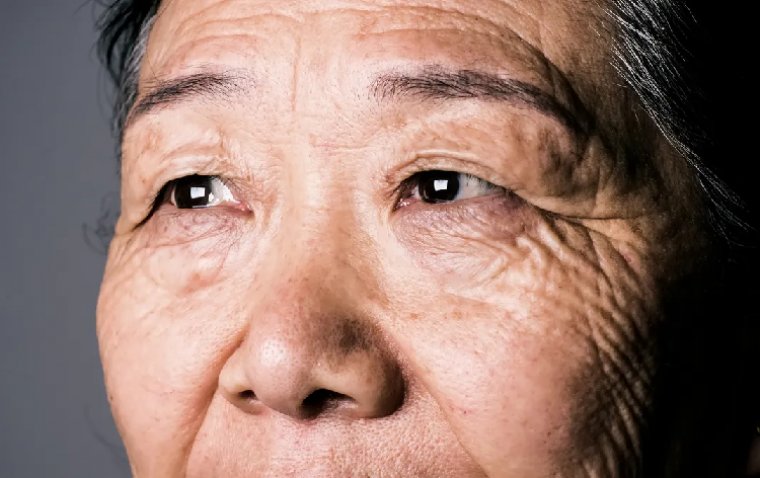
Study: Fluoxetine Enhances Visual Acuity in Adults with Amblyopia
A groundbreaking study conducted by researchers from the Eye Research Center, Farabi Eye Hospital, and Tehran University of Medical Sciences has revealed that fluoxetine, a commonly used antidepressant, significantly improves visual acuity (VA) in adults with amblyopia. The study, led by Dr. Arash Mirmohammadsadeghi, highlights the potential of fluoxetine to enhance outcomes in adult patients, addressing the challenges posed by reduced neuroplasticity in this population.
Research Methodology
The double-blinded, randomized clinical trial (IRCT20180316039110N1) was conducted in the strabismus clinic of Farabi Eye Hospital between November 2017 and December 2022. The study included adults over 18 years of age diagnosed with anisometropic or strabismic amblyopia.
Methodology
• Pre-Treatment Phase: All participants underwent standard treatments with glasses and patching for four months.
• Randomization: Patients were randomly assigned to one of two groups:
- Fluoxetine Group: Treated with 20 mg of fluoxetine daily for three months.
- Placebo Group: Received a placebo for the same duration.
• Patching: Continued in both groups throughout the treatment period.
• Measurements: Visual acuity was assessed using the logarithm of the minimum angle of resolution (logMAR), and visual evoked potentials (VEP) were analyzed before and after treatment.
Key Findings
Visual Acuity Improvement
• Fluoxetine Group:
- Mean logMAR VA improvement: 0.20 ± 0.24 (range, 0–0.8) (P < 0.001).
- Final VA: 0.36 ± 0.21 logMAR.
• Placebo Group:
- Mean logMAR VA improvement: 0.08 ± 0.15 (range, 0–0.7) (P = 0.01).
- Final VA: 0.43 ± 0.35 logMAR.
• The improvement in VA was significantly greater in the fluoxetine group compared to the placebo group (P = 0.04).
• Notably, the increased VA was maintained 18 months after discontinuing treatment.
Visual Evoked Potentials (VEP)
• N135 Latency: Improved significantly in the fluoxetine group from baseline (P = 0.03).
• N75 Amplitude: Showed no significant change in either group but differed significantly between the two groups (P = 0.05).
Conclusion
The study’s authors concluded:
“In our study cohort, fluoxetine treatment resulted in greater improvement in VA than placebo during patching for adult amblyopia.”
The findings are particularly notable as treating amblyopia in adults often faces challenges due to reduced neuroplasticity, making these results a significant step forward in the management of the condition.
This research underscores the potential of repurposing fluoxetine as an effective adjunctive treatment for adult amblyopia, offering new hope for improved visual outcomes in a traditionally challenging demographic.
Reference:
Mirmohammadsadeghi A, Mousavi A, Akbari MR, et al. Fluoxetine as a possible treatment for adult amblyopia: results of a double-blind, randomized, placebo-controlled trial. J AAPOS. 2024;28:104009
(1).jpg)









